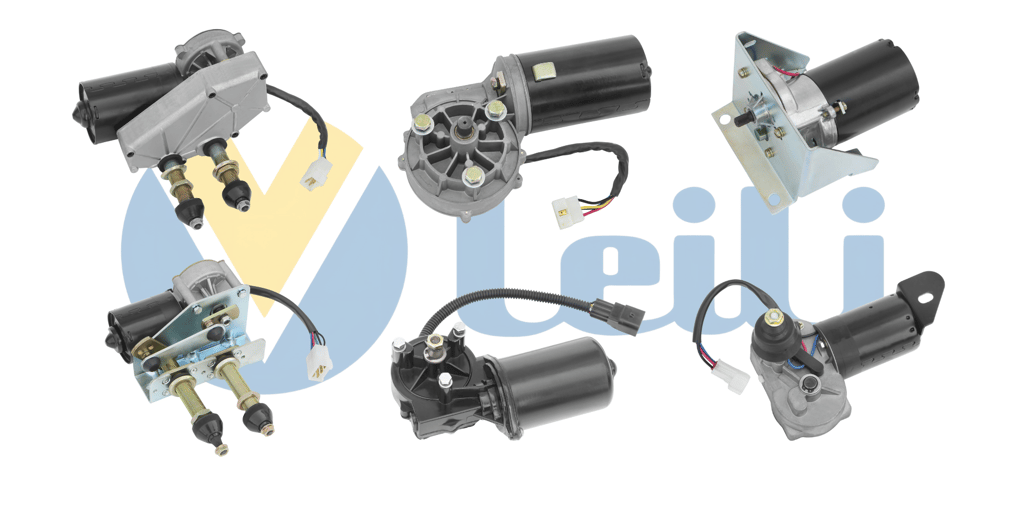Windshield Wiper Motor Failure
Windshield Wiper Motor Failure: Replacement Costs & Diagnosis Guide For partial repairs (e.g., replacing individual parts), expenses typically range from $100 to $200.
LEILI
Hower Yang
6/7/20252 min read


Windshield Wiper Motor Failure: Replacement Costs & Diagnosis Guide
When a windshield wiper motor fails, replacement costs vary by component type and vehicle model. For partial repairs (e.g., replacing individual parts), expenses typically range from $100 to $200. Full motor replacement is costlier, averaging $300 to $600. Below is a detailed guide to identifying failures and maintenance best practices.
1. Common Signs of a Faulty Wiper Motor
Keywords: windshield wiper motor failure symptoms, how to diagnose wiper motor issues
Unusual Noises
Abnormal sounds during operation—such as grinding, clicking, or excessive vibration—indicate potential internal damage (e.g., worn gears or bearings), as opposed to normal "swooshing" or minor friction sounds.Burning Odor
A noticeable burnt smell near the motor suggests coil overheating or insulation damage. Immediate replacement is critical to prevent electrical fires or broader system failures.Jerky or Inconsistent Movement
Intermittent stalling, skipping, or complete failure to operate may signal faulty windings, a seized armature, or drivetrain obstructions. Have a certified technician inspect for short circuits or open circuits in the wiring harness.
2. First Check: Inspect the Fuse
Keywords: wiper not working check fuse, windshield wiper fuse inspection
Wiper motors are rarely the first point of failure. Always verify the fuse before replacing component.
Locate the vehicle’s fuse box (typically in the dashboard or engine compartment) and refer to the owner’s manual for the wiper circuit fuse.
Replace a blown fuse with one of identical amperage, ensuring the vehicle is powered off during the process. Repeated fuse failures indicate underlying wiring issues requiring professional diagnosis.
3. Proactive Maintenance Tips
Keywords: winter wiper maintenance, windshield washer fluid best practices
Winterize with Antifreeze Fluid
Use antifreeze windshield washer fluid (rated below local minimum temperatures) before cold seasons to prevent fluid expansion, which can crack reservoirs or damage pump motors.Regular Fluid Level Checks
Monitor washer fluid levels monthly and refill as needed. Sufficient fluid reduces blade "dry scraping," minimizing wear on both the rubber blades and motor mechanism.
Conclusion
For wiper motor issues, start with a systematic diagnosis: listen for anomalies, check for odors, and test functionality. Always rule out simple fixes (e.g., blown fuses) before pursuing costly replacements. Routine maintenance—such as using proper fluids and inspecting wiring—can significantly extend motor lifespan. For repairs, choose OEM-certified parts and qualified technicians to ensure reliability and safety.
